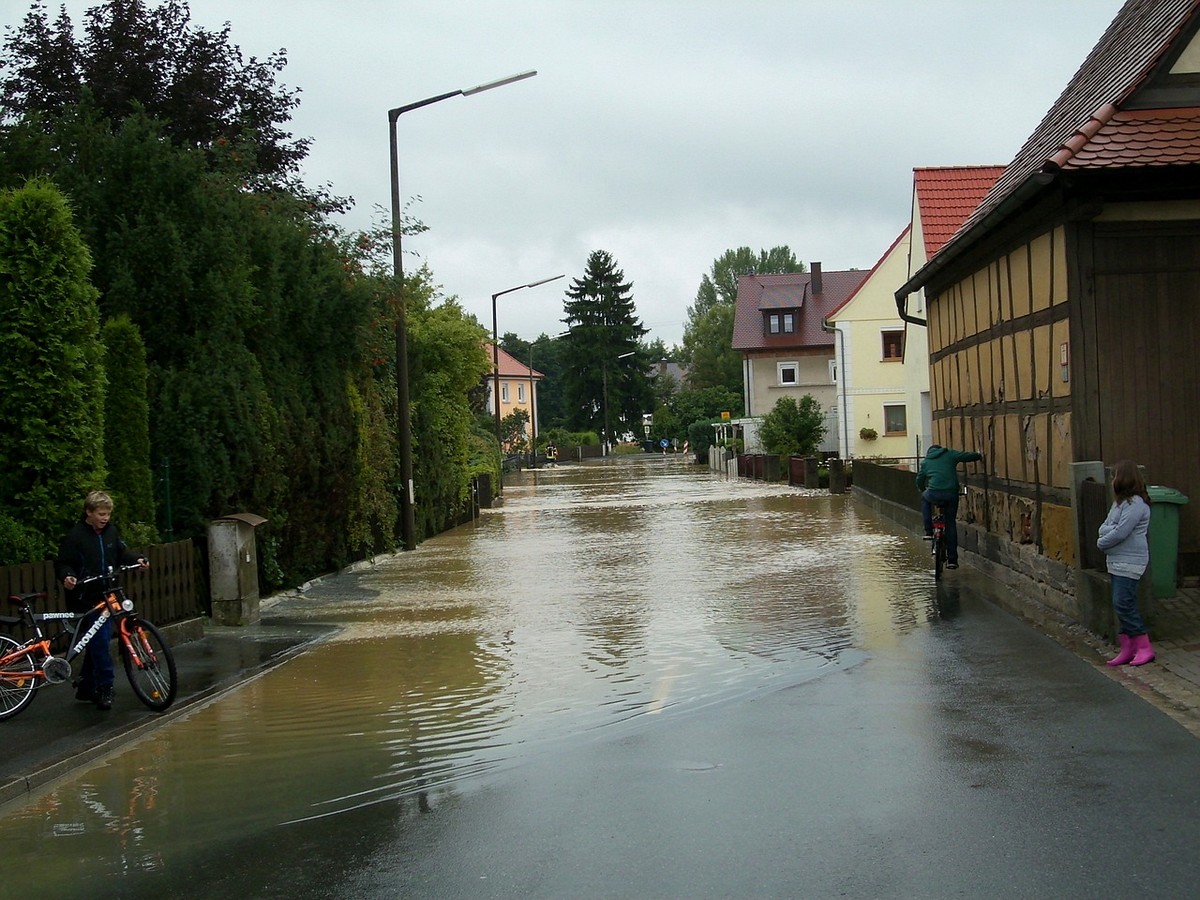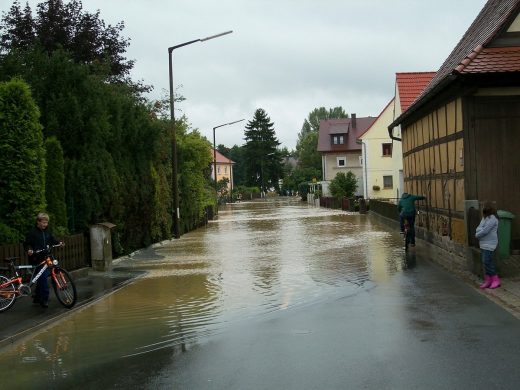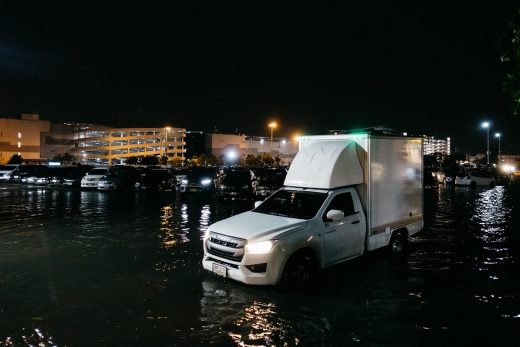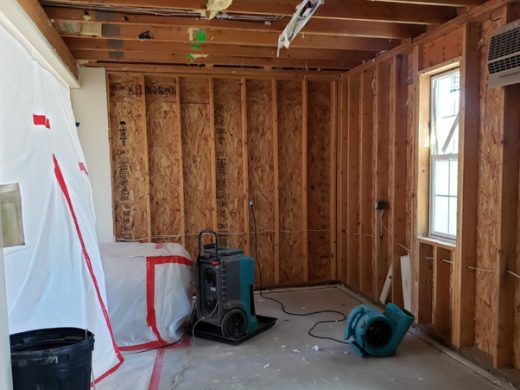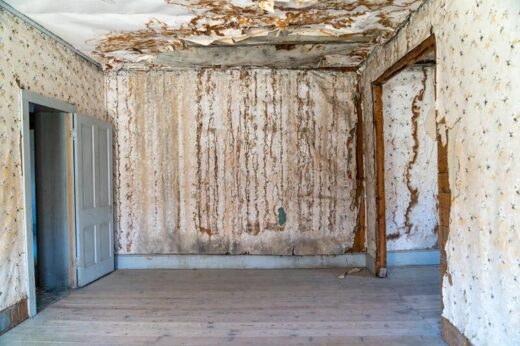Essential steps for successful water damage restoration, Cleanup repair and remediation guide, Homeowner property advice
Essential Steps For Successful Water Damage Restoration
24 July 2023
Water damage can have a devastating effect on homes and commercial establishments. Businesses can be forced to close with the inevitable loss of revenue. And homeowners may be forced to evacuate while their home is made livable again.
Water damage can occur for a number of reasons. Commonly, leaks and burst pipes result in property damage of various degrees. But natural occurrences such as storms and floods can also impact home and business owners.
How does water damage affect residential and commercial businesses?
The damage restoration business is growing. As extreme weather becomes more common in certain regions, buildings can be affected. Leaking roofs allow rainwater to enter homes. And blocked drains can also cause issues with foundations and structural damage.
One firm, Summit Cleaning & Restoration sees clients whose homes have suffered from water damage and other problems such as mold and mildew. Even the smallest leaks will cause problems. Mold can grow in damp areas, and this not only damages property but is a health hazard.
Water damage can include the following issues:
- Structural damage
- Belongings and stock
- Loss of revenue
- Rising insurance costs
- Mold and mildew
- Hazards including electrics
- Reputational loss
- Flooring replacement
- Temporary rehousing
Damage to buildings
Water damage from floods or leaks may cause ceilings to collapse and wooden beams to rot. When buildings are exposed to moisture over time, the damage may become serious. Water damage can even affect the structural integrity of a building
Financial impact
Homeowners and business operators can see mounting insurance costs. If your building is viewed as a risk from flooding then insurance premiums will rise. Also, businesses will see a loss of revenue and possibly damaged inventory.
Health risks
Water damage elevates the risk of electrocution. Electrical fires can break out during a flood also as short circuits can occur. There are also bacteria and mold to consider.
Damp areas may encourage mold growth which is a health risk. This will need to be properly treated so mold doesn’t die from just drying it out. A cleaning and restoration company will be able to treat mold damage.
What steps should be taken initially?
No matter the cause, water damage can be expensive. And, there is often sentimental loss as well as a financial cost. Prized belongings can easily be damaged or lost in a flood. And restoring a home to its previous glory may require some professional help.
Below are some initial steps to take to help minimize water damage. Following these will help you toward successful restoration.
Stop the water flow in the event of a burst pipe
Find the main water valve and turn this off. Preventing further water from entering the house will at least mitigate the damage done. If your home is being flooded due to natural events you should leave the building and return only when it is safe to do so.
Make the work area safe
Electricity should be switched off to make the work area safe. Only carry this out if it is completely safe to do so. If in any doubt, call a professional electrician. There is a genuine risk of electrocution during flooding, so proceed with extreme caution.
Call an emergency plumber
If the problem in your home is a burst pipe or water tank, call an emergency plumber. The faster the response, the easier your restoration job will be. Give your plumber any useful information you can such as the source of the leak so they can react quickly when they arrive.
Take photos for insurance purposes
The damage restoration services market’s value was over $61 billion in 2021. The market is predicted to grow to $100 billion by 2031. This reflects the damage water can do to a property.
Taking photos and videos of the damage in your home will help you to claim insurance. Your insurance payout may be welcome when it comes to restoration and cleaning costs.
What steps should be taken to get the cleaning & restoration process started?
Not all water damage is caused by floods and burst pipes, but for the purpose of this article, it suits to follow this pattern. Burst pipes are a common source of water damage, and understanding what to do could reduce your restoration costs.
1 Remove standing water
Anywhere affected by a flood will now have excess moisture that needs removing. The longer your property is exposed to water, the more damage will occur.
And, standing water is a breeding ground and health hazard. Floods can carry all types of contaminants into buildings. Removing this water is a priority for health and for protecting your property.
You can rent high-powered pumps and dehumidifiers to assist here. Alternatively, a cleaning and restoration company will have the appropriate equipment to remove excess water.
2 Time to salvage
Remove anything valuable or important to a dry area. For some items such as electronics, it may already be too late. However, there are professional drying services available that will help to salvage as much as possible.
3 Dry the flooded area
Dehumidifiers will help to speed up the drying process. They also help to avoid mold growth so they are a very useful tool in this situation. You may need industrial-grade equipment here, depending on the level of the water damage.
Fans, heaters, and dehumidifiers together will help to dry out your home or business. Don’t forget that walls and ceilings will need drying as well as flooring and furnishings.
4 Disinfecting and cleaning
Now the cleaning process may begin. Once the property is dry then a thorough clean must be done. This is important for health and hygiene. Burst pipes or stormwater can bring all manner of contaminants into a property. Sewer lines may backup also.
All surfaces must be disinfected as well as cleaned. At this point, if you haven’t already, you may wish to engage the surfaces of an experienced cleaning company. A firm that is used to clean up after water damage will have the appropriate disinfectants and tools.
5 Address structural damage
After cleaning it will be easier to evaluate what damage has been done. For instance, you may need to repair drywalls and replace flooring. Restoration may require some serious work and need professional assistance.
6 Final inspection
Once the restoration and cleaning process has been completed. The building should be inspected to ensure it is safe to be lived in again. Businesses must check that everything functions properly including plumbing and electrics.
7 Preventative maintenance
Regular inspections and maintenance may help you to avoid future water damage. There are methods for detecting water pipeline leaks, and maintenance may help you avoid future restoration costs.
Essential Steps For Successful Water Damage Restoration Summary
Cleaning and restoration companies provide a valuable service when water damage occurs. Property owners can help themselves too by carrying out preventative plumbing maintenance. Nevertheless, not all water damage comes from leaky pipes.
Storms and floods occur from acts of nature. And these can devastate property as much as a burst pipe can. In the event of a flood, follow safety guidelines and move to a safer location.
Once you are safe, you can have peace of mind with the knowledge your home can be cleaned and restored later.
Comments on this guide to Essential steps for successful water damage restoration article are welcome.
Water / Floods Articles
Water / Floods Posts
Water damage from leaks: construction lawsuits
Water damage cleanup and repair service
Water damage restoration professional tips
Architects and Architecture
Architects and Architecture by Type – architectural selection below:
Comments / photos for the Essential steps for successful water damage restoration advice page welcome

